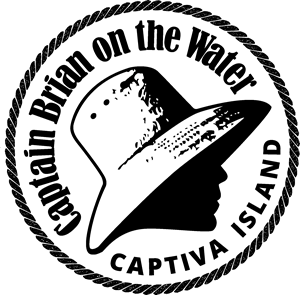11 Jun Ancient Art in Southwest Florida
In the spring of 1895 on Key Marco Island, J.D. Collier was digging in his garden and unearthed a wooden objects, shell tools and fiber appeared to be ancient in origin. What would transpire in the next year still amazes archeologists and people from all over the world.
By May of that year a young archeologist named Frank Hamilton Cushing who worked for the Bureau of American Ethnology was at the site collecting samples and excavating. this trip was just a reconnaissance trip to see what would be need and to confirm what was at this unique site. He returned to the Washington and began making preparations for the next years expedition back to Key Marco on the much unexplored southwest Florida coast.
The expedition was called the Pepper-Hearst Expedition the total number of members were 14. Seven members were Captain and crew of the chartered boat the Silver Spray, followed by John Calhoun/ excavator, George Gause foreman of excavators, Irving Sayford who acted as a field secretary, Carl F.W. Bergmann who helped in securing the artifacts, Frank Hamilton Cushing, his wife Emily, and Wells Moses Sawyer the expeditions photographer and artist.
Wells Sawyer would prove to be an amazing part of the expedition. Shortly after arriving in Key Marco the expedition began unearthing wooden artifacts that were preserved in peat muck. (Florida has the most peat muck in the United States, this muck is anaerobic and can preserve wood and fiber for centuries)
The items unearthed were carved wooden masks, wooden paddles, wooden plaques, tablets, amulets, and carved shells. It is one of the largest collections of wooden artifacts found in the United States that dates from ad 750 to 1513.
We have Wells Sawyer to thank for his original paintings that he did in the field as these masks came out of the peat perfectly still painted, he captured them before they started to fade.
Frank Hamilton Cushing said in his Journal “In the muck filled courts of these sea villages I am finding all the arts of the original inhabitants represented with a completeness never before surpassed in in such finds as those of the Cliff Dwellers’’ (Cushing 1896)
Wells Sawyer was also very moved by this ancient culture and the art they crafted. “What we have found is most wonderful. No other place has been so wonderful. America, North America, the United States had once within its borders people who were the superiors in some ways of the ancient Egyptians who rivaled the first wood carvers of the world and whose works come forth from the salt sea pickle as fresh as they were when they dropped here ages ago- the wonder of the world. I am glad to be here.
Today we know this ancient culture as the Calusa. Much has been learned about the Calusa since that 1896 Pepper- Hearst expedition. The artwork has intrigued scholars, students, and people from all over the world. There is still a lot to learn from these artists of centuries ago.
https://www.toti.com/2020/10/27/332914/ancient-art-in-southwest-florida-the-calusa-left-an-impressive-body-of-artwork


Sorry, the comment form is closed at this time.